All forests have a story, and so do the families who have ties to those lands.
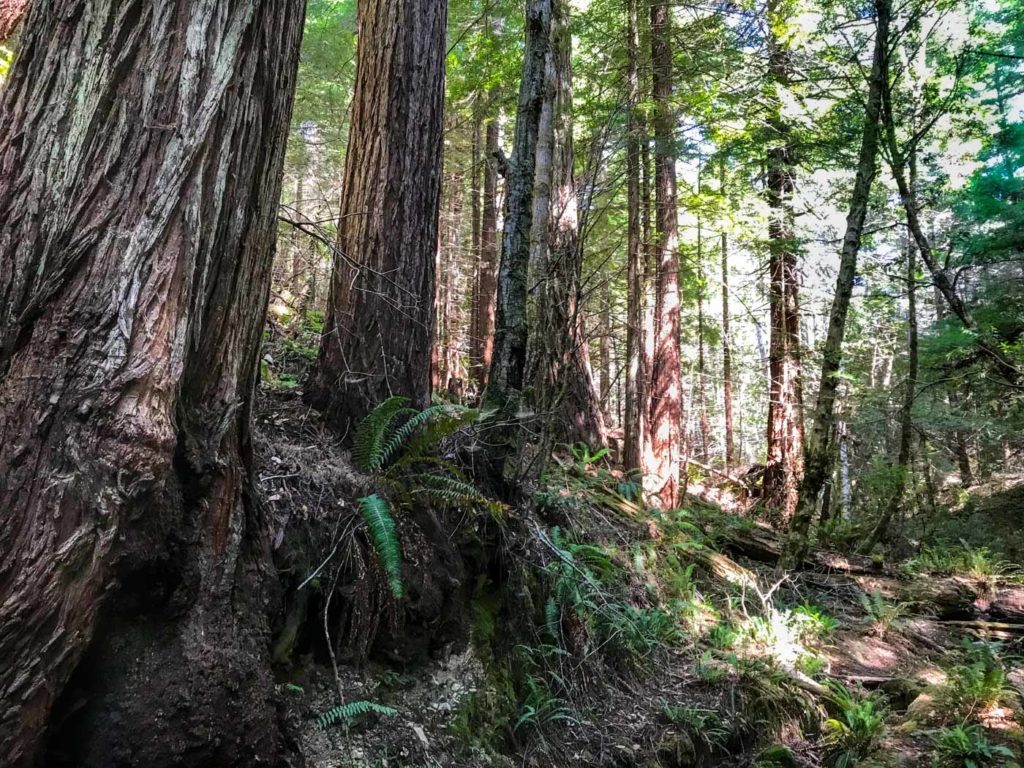
For Andersonia West in northern Mendocino County, the human story, of course, starts with the Sinkyone people. They have lived in this area for countless generations, and their descendants continue to protect, care for, and maintain their cultural connections with surrounding traditional lands and waters.
The League humbly acknowledges our very short history in this place. Yet, we are so thrilled that we have been able to protect this coast redwood forest and its biodiversity forever.
We first got wind of the 523-acre Andersonia West property in 2006 from Harold “Hap” Anderson. He is the great-grandson of Henry Neff “Pap” Anderson, who acquired the property in 1903. As history tells it, Pap was a very enterprising young man. After many successful lumber business pursuits from Pennsylvania to Northern California, he ultimately became president of the Southern Humboldt Lumber Company.
Perhaps Pap’s biggest dream was to build a model mill town on this property that he called Andersonia. With a state-of-the-art sawmill—promised to be the largest in the region at the time—as the centerpiece, an entire community of loggers, mill workers, and their families would live and work here, tending to vibrant community gardens and orchards all the while. In 1905, a railroad through Andersonia was nearing completion, and a railroad extension was planned along the South Fork Eel River. Large timber shipments would have been able to go easily by rail from Andersonia to San Francisco.
Pap came so close to realizing his vision. On October 28, 1905, as crews prepared for the highly anticipated dedication day, Pap, hands-on as he was, joined them to oversee the work. Tragically, at 66 years young, he was killed after being accidentally struck on the head with a piece of falling lumber that day. The mill was then shut down for over 40 years, and it came to be known as the “ghost mill.”
While Andersonia would never fully recover, the Andersons’ intentions for the property would evolve over the following decades. “My dad had been managing Andersonia, and I came on the scene in 1966,” says Hap. Logging on the property ended between 1969 and 1970. “Starting in late 1967 through 1970, Clarence Eichin, an employee of Andersonia, and I cleared creeks of logging debris within the Indian Creek drainage, including Anderson Creek, in an effort to restore the creeks back to their natural state. Throughout the years that followed, local community groups continued the restoration of the creeks within the Indian Creek drainage to the point where they are today.”
The idea to permanently protect the western tract of Andersonia started in 1980. Hap says, “We started pursuing this vigorously in 2005 to 2006 when it became evident to me and the owners that this place should be protected for its biodiversity, habitat for fish and wildlife, and historical and cultural resources, including remnants of the abandoned railroad.” Hap first reached out to Save the Redwoods League around that time and kept in touch over the following decade. I personally started working with him on this project in 2016, and I really appreciated his persistence.
Today, the League is so grateful to finally be able to permanently protect this forest. Hundreds of acres of old-growth coast redwoods remain throughout, standing tall among Douglas fir, tanoaks, and Pacific madrones. There are also many large second-growth trees that show late-seral characteristics—meaning they are already developing into healthy old-growth trees
Through this acquisition, we are securing a critical habitat corridor that improves ecosystem connectivity across adjacent protected lands and the Lost Coast; threatened northern spotted owls and endangered marbled murrelets will be able to nest safely and fly freely. One-and-a-half miles of Anderson Creek will also be protected, along with the imperiled coho salmon and steelhead trout that swim in its cool waters.
As we negotiated the deal, the Andersons decided to make a generous land value donation of $510,000 to the League. We are thankful to the Anderson family: Hap and Christine Anderson; Robert, Randy, and Richard Cima; Richard Anderson; Susan Anderson Merrill; Reine Anderson; and Majda Anderson. Their ability to reimagine the future of Andersonia is a wonderful gift to the generations that will follow.

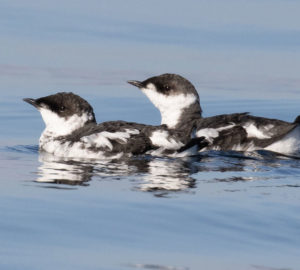
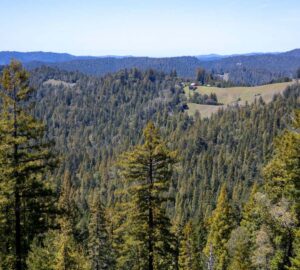
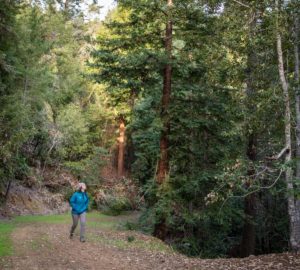
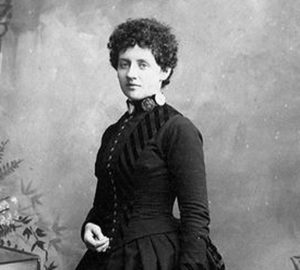
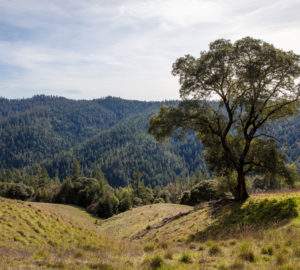
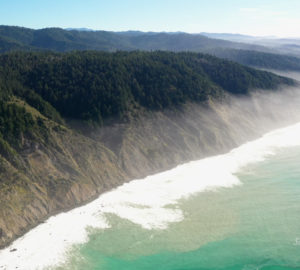
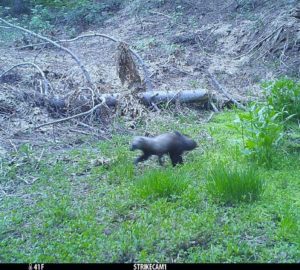

One Response to “Reimagining the Future of a Historic Family Forest”
Val K
Very interesting history! Great work Save the Redwoods; I’ve got to get down there and experience the Redwoods again soon! Thank you